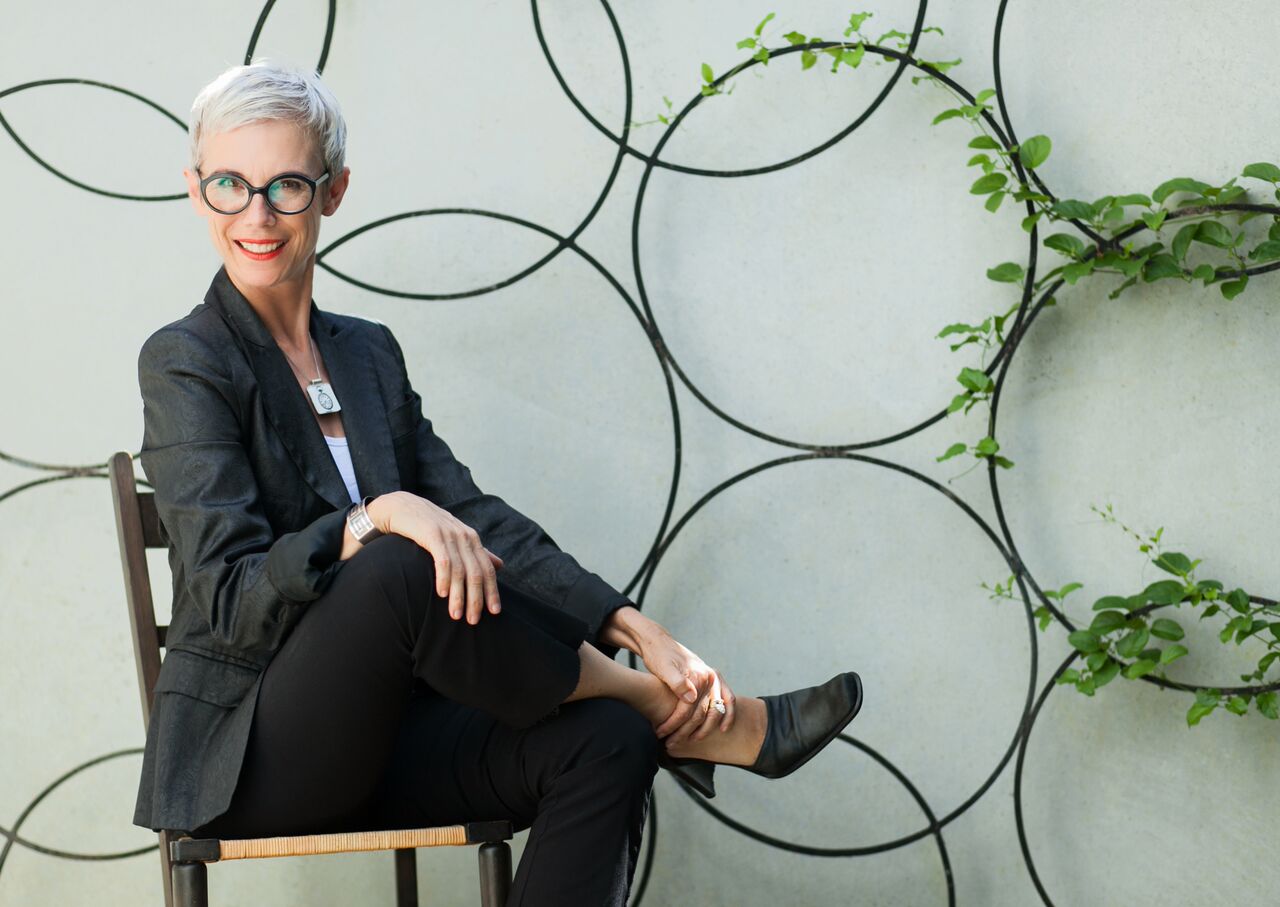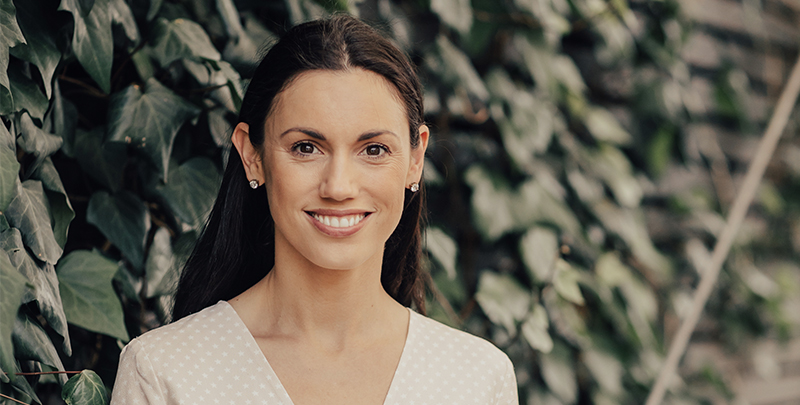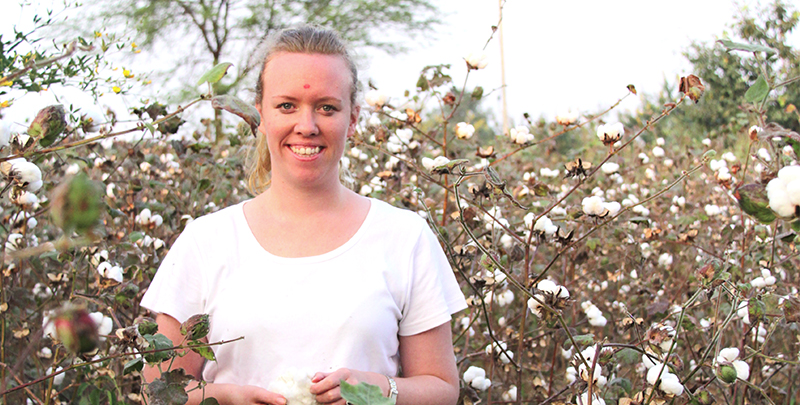Screen Stars
Ana Lyubich and Vlad Dolgov quit Kazakhstan to start a new life here and a business targeting the creative sector and countless smartphone screens around the world…
Ana Lyubich and Vlad Dolgov quit Kazakhstan to start a new life here and a business targeting the creative sector and countless smartphone screens around the world.
Wellington start-up Excio’s product is a little tricky to describe. Essentially, it’s a beautiful and very gentle form of promotion for the creative sector, so museums, galleries, individual photographers and artists can reach their audience through a user’s smartphone home screen.
Or, as the founders see it: “It’s about inspiring curious minds to discover new things.”
Co-founders Ana Lyubich and Vlad Dolgov say Excio is the first mobile application that uses the home screen “to enable people and organisations to communicate ideas, values and information to their audiences through captivating images”.
Excio, they say, allows the artist or gallery to have one-to-one interaction with thousands of people simultaneously, reaching them when and where they want and users will see beautiful images every time they look at their phone.
Ana and Vlad are recent migrants to New Zealand from Kazakhstan and initially came to New Zealand in 2012 to study. Ana undertook a post graduate degree in commerce at Victoria University. Then the couple travelled to Eastern Europe where she completed a degree in cultural history, advertising and PR.
Vlad is a software engineer and they now both work in the business full time.
While they officially started Excio in 2015 that first year was purely R&D. The idea came about because they realised that when people used an app or surfed the web there would be messages or ads, which users kept blocking. They then realised that the home page or wallpaper space on mobile phones is seen by people hundreds of times a day and yet was used for just a default image or perhaps a family photo.
“It made us think about a better way of helping people reach their audience and it became apparent that the background space was not being used effectively on mobile phones.
“When we started we researched for competitors but there were none and so applied for patent protection,” says Ana.
While they were trying to figure out the best use of the mobile phone home screen they had a conversation with Te Papa and realised there was huge potential in the cultural sector.
They undertook a proof of concept and showed it to Te Papa in July 2016. They were then invited to join Mahuki, Te Papa’s innovation accelerator which helps to “develop ideas into world-leading digital businesses for the cultural sector,” according to the Te Papa website.
In January 2017, after finishing the Mahuki programme, they signed a Memorandum of Understanding allowing the national museum to show its collections on the Excio platform.
They received some capital from investors to help speed up development and Ana says the Mahuki Accelerator helped with introductions to angel investors, mentors and the creative ecosystem.
The first beta app was published in May last year and officially launched at Te Papa on November 1. Initially they focused on getting users on board – appreciators of beautiful and meaningful images but also partnered and signed up a few big clients and customers around New Zealand.
Wellington City Library and Wellington City Council are now amongst the content providers with the council displaying public art such as murals.
Excio is now focused on bringing more individual photographers and artists on board.
These content providers become members and pay a fee. Excio now has a few large clients as well as a growing number of photographers and artists, including some from the US and Europe, although most are from New Zealand.
Rapid growth
Since October 2017, when they updated the app for a more defined experience, Ana and Vlad have had rapid growth and now boast about 60,000 app installs worldwide, including India, the US, Europe, Russia and their native Kazakhstan.
The entrepreneurial couple also acquired NZ Photographer magazine which means they have access to people interested in photography and may opt to exhibit their work on the app.
Marketing has been mainly by word-of-mouth but their partners, such as Wellington Library, also promote the product to its members.
They are currently raising capital to develop Excio for iOS users and a web version.
So what’s in it for the content providers? Firstly, says Ana, it’s exposure and the analytics that Excio provides. Platforms like Facebook and Instagram are changing their algorithms and it’s harder for ‘pages’ to promote their work and get valuable insights.
Excio has a “reverse engagement” system in place – people first see the image or visual content they like and then through the app they can have direct access to the profile of the content provider and click straight into their website to see more or answer a call to action.
For museums, galleries and libraries, she says, it’s about reaching out to their audience. It’s another approach to letting people know what’s in their collections and letting people engage with them and encouraging users to visit.
As to why they came to New Zealand, Ana says she wanted an English-speaking country for her study and had a choice of the UK, Australia and New Zealand. New Zealand won out because of its climate, amazing nature and wildlife.
On their first sojourn in 2012 the couple left their two children with their grandparents in Kazakhstan but on their return here in 2013 the children came with them.
Excio is the couple’s first business – they simply thought they had a great idea and could make it work.
So what lessons have they learned? “Personally, it’s that starting your own business and going with it is a challenging time. But you can’t ever give up and you must have a goal in front of you. Find the right way to make it work, keep the goal in mind and there’s no room for discouragement.”
Her advice to other business owners? “I think for us in running a business the most important part is people; our policy is to really appreciate staff and keep them on board.”
They now have eight staff across New Zealand, Azerbaijan and Europe. “If our people are happy and they feel valued the company will grow.”
While the platform is doing well for photography and art, Ana believes it will also be useful for the tourism sector. Users choose which category of images they want to appear on their phone and their biggest following is the travel and events collection.
“We can see what the users are following and believe it would be very useful for tourism.”
Excio is implementing a “Journey by Story” concept and they say they can open doors to “showcasing the beauty of New Zealand on mobile screens worldwide, linking it to more information that leads to more meaningful engagement; and at the same time, content providers receive valuable in-depth analytics on the performance of their images”.





